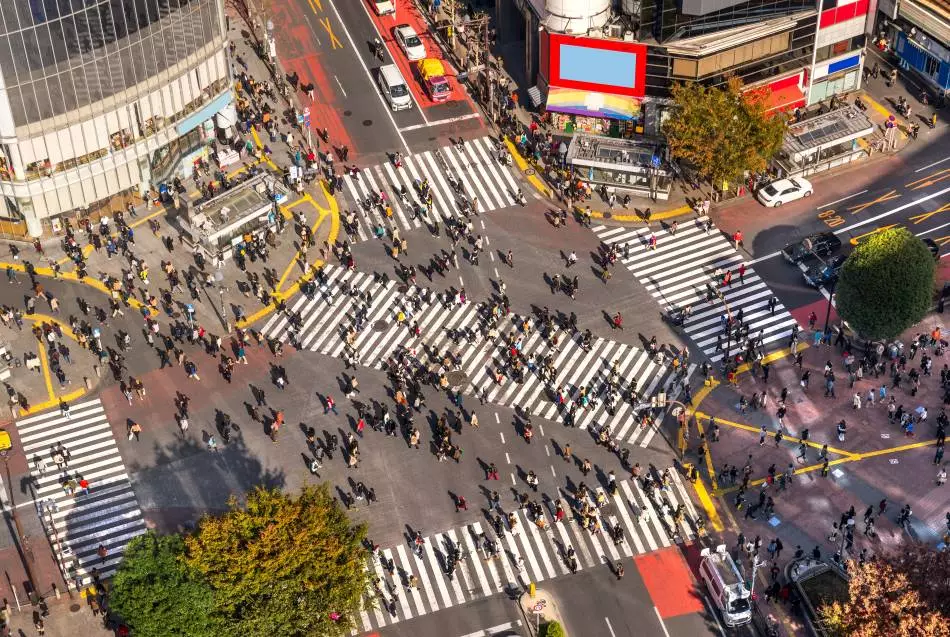Artistic shots of Shibuya's iconic crossing continue to feature on the pages of global fashion and travel magazines, and for good reason. The chaotic, yet miraculously organized crossing has become a symbol of Tokyo's dynamism and represents Shibuya—Japan's trend-setting powerhouse dedicated to fashion and arts. Join the crowds as they diverge off into the many streets and alleyways to shop and hangout in hip cafes, bars, and restaurants. Spend time appreciating the area's fiercely independent art scene, or simply visit to experience the rapid-beating heart of Tokyo.
Tips
- Jostle in the crossing—Shibuya's iconic intersection
- Cutting-edge fashion and modern lifestyle shopping
- Movies, music and books—immerse yourself in Shibuya's deep art scene.
How to Get There
In addition to the JR Yamanote Line, Shibuya Station is also on the Keio Inokashira Line, the Tokyu Toyoko Line, Tokyu Den-en-toshi Line, and Tokyo Metro's Ginza, Hanzomon and Fukutoshin lines. It takes 20 minutes to walk from Shibuya Station to the Aoyama, Omotesando and Harajuku areas and 15 minutes to the Daikanyama area.

Comments
Post a Comment